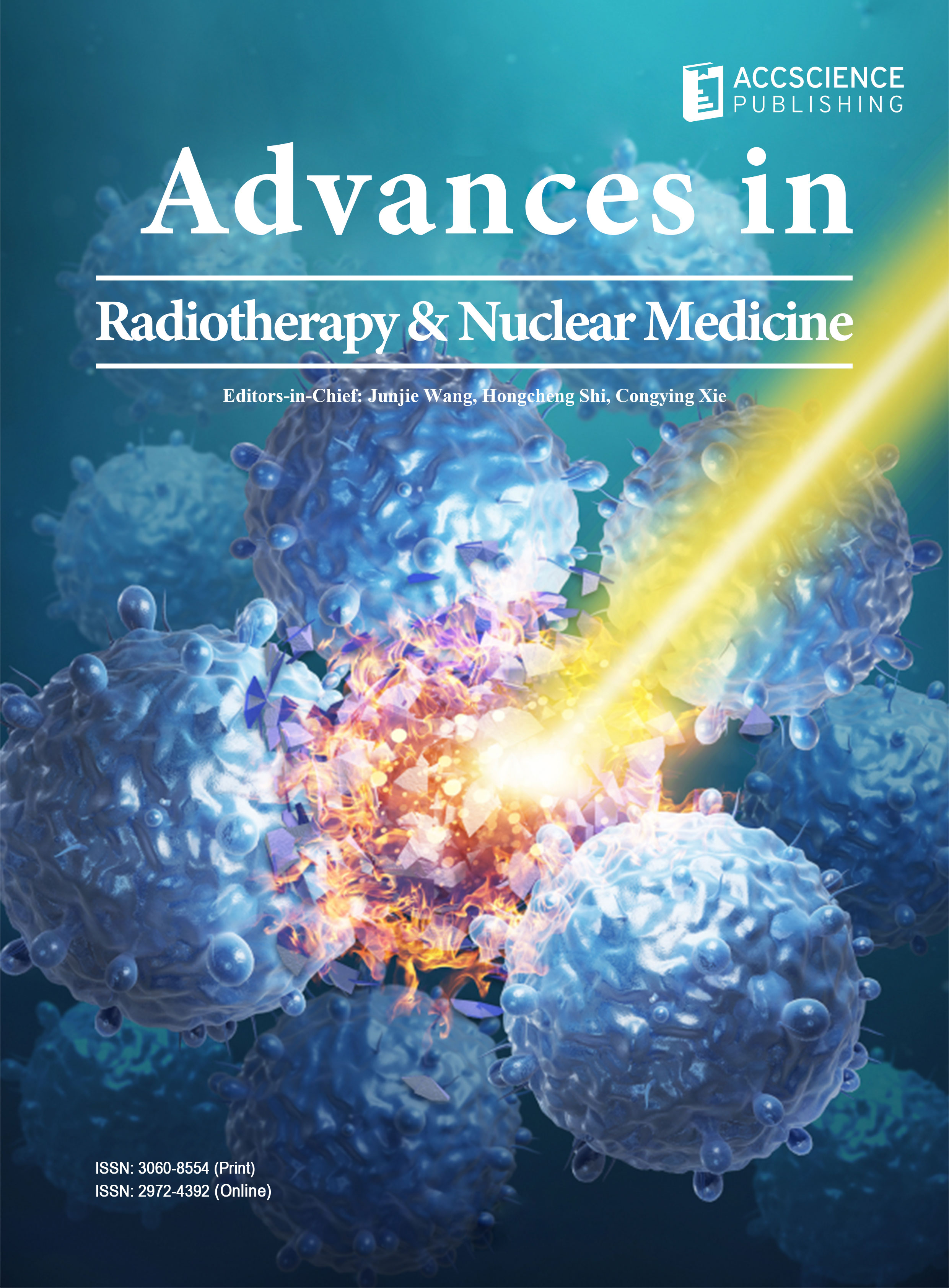Recurrent adult-type granulosa cell tumor of the ovary: A case report

Adult ovarian granulosa cell tumors (AGCTs) are among the most common types of gonadal sex cord-stromal tumors. This pathological entity is generally associated with a favorable prognosis but only accounts for about 2–5% of all malignant ovarian tumors. Disease stage is the most important prognostic factor, with patients diagnosed at an early stage exhibiting a good prognosis. Surgery remains the cornerstone of treatment, both for primary and recurrent cases, while chemotherapy is typically reserved for inoperable or advanced progressive situations. Despite treatment, about one-third of patients experience relapse or progression within 4–7 years, and approximately 50% of these cases result in mortality. We report a case of recurrent AGCT occurring three years after initial surgery and chemotherapy. The patient underwent secondary cytoreductive surgery for recurrent lesions, with postoperative recovery achieved. Further chemotherapy will be administered based on clinical condition and treatment response.
- Schumer ST, Cannistra SA. Granulosa cell tumor of the ovary. J Clin Oncol. 2003;21(6):1180-1189. doi: 10.1200/JCO.2003.10.019
- Shah SP Köbel M, Senz J, et al. Mutation of FOXL2 in granulosa-cell tumors of the ovary. N Engl J Med. 2009;360(26):2719-2729. doi: 10.1056/NEJMoa0902542
- Jamieson S, Butzow R, Andersson N, et al. The FOXL2 C134W mutation is characteristic of adult granulosa cell tumors of the ovary. Mod Pathol. 2010;23(11):1477-1485 doi: 10.1038/modpathol.2010.145
- Ayhan A, Salman MC, Velipasaoglu M, Sakinci M, Yuce K. Prognostic factors in adult granulosa cell tumors of the ovary: A retrospective analysis of 80 cases. J Gynecol Oncol. 2009;20(3):158-163. doi: 10.3802/jgo.2009.20.3.158
- Sehouli J, Drescher FS, Mustea A, et al. Granulosa cell tumor of the ovary: 10 years follow-up data of 65 patients. Anticancer Res. 2004;24(2C):1223-1229.
- BioSB Inc. FOXL2 [C134W] Rabbit Polyclonal Antibody - RPAB. 2025. Available from: https://www.biosb. com/biosb-products/foxl2-antibody-rpab/[Last accessed on 2025 Aug 28].
- Mangili G, Ottolina J, Gadducci A, et al. Long-term follow-up is crucial after treatment for granulosa cell tumours of the ovary. Br J Cancer. 2013;109(1):29-34. doi: 10.1038/bjc.2013.241
- Haltia UM, Pihlajoki M, Andersson N, et al. Functional profiling of FSH and estradiol in ovarian granulosa cell tumors. J Endocr Soc. 2020;4(4):bvaa034. doi: 10.1210/jendso/bvaa034
- Korach J, Perri T, Beiner M, Davidzon T, Fridman E, Ben- Baruch G. Promising effect of aromatase inhibitors on recurrent granulosa cell tumors. Int J Gynecol Cancer. 2009;19(5):830-833. doi: 10.1111/IGC.0b013e3181a261d7
- Evans AT 3rd, Gaffey TA, Malkasian GD Jr., Annegers JF. Clinicopathologic review of 118 granulosa and 82 theca cell tumors. Obstet Gynecol. 1980;55(2):231-238.
- Uygun K, Aydiner A, Saip P, et al. Clinical parameters and treatment results in recurrent granulosa cell tumor of the ovary. Gynecol Oncol. 2003;88(3):400-403. doi: 10.1016/S0090-8258(02)00141-5
- Homesley HD, Bundy BN, Hurteau JA, Roth LM. Bleomycin, etoposide, and cisplatin combination therapy of ovarian granulosa cell tumors and other stromal malignancies: A Gynecologic Oncology Group study. Gynecol Oncol. 1999;72(2):131-137. doi: 10.1006/gyno.1998.5304
- Thieu TK, Nguyen VT, Nguyen TTH, Nguyen QA. Treatment results of granuloblastic ovarian cancer at K Hospital. Vietnam Med J. 2024;536(2):42-46. doi: 10.51298/vmj.v536i2.8872
- Autier P, Lhomme C, Culine S, et al. Adult granulosa-cell tumor of the ovary: A retrospective study of 45 cases. Int J Gynecol Cancer. 1997;7(1):58-65. doi: 10.1046/j.1525-1438.1997.00417.x
- Al-Badawi IA, Brasher PMA, Ghatage P, Nation JG, Schepansky A, Stuart GCE. Postoperative chemotherapy in advanced ovarian granulosa cell tumors. Int J Gynecol Cancer. 2002;12(2):119-123. doi: 10.1046/j.1525-1438.2002.01067.x
- Brown J, Sood AK, Deavers MT, Milojevic L, Gershenson DM. Patterns of metastasis in sex cord-stromal tumors of the ovary: Can routine staging lymphadenectomy be omitted? Gynecol Oncol. 2009;113(1):86-90. doi: 10.1016/j.ygyno.2008.12.007
- Brown J, Shvartsman HS, Deavers MT, et al. The activity of taxanes compared with bleomycin, etoposide, and cisplatin in the treatment of sex cord-stromal ovarian tumors. Gynecol Oncol. 2005;97(2):489-496. doi: 10.1016/j.ygyno.2005.01.011
- Chiara S, Merlini L, Campora E, et al. Cisplatin-based chemotherapy in recurrent or high-risk ovarian granulosa-cell tumor patients. Eur J Gynaecol Oncol. 1993;14(4):314-317.
- Ray-Coquard I, Oaknin A, Pautier P, et al. Paclitaxel-carboplatin compared with bleomycin, etoposide, and cisplatin (BEP) for sex cord-stromal tumors of the ovary: A randomized, phase 2, non-inferiority trial. J Clin Oncol. 2024;42(18 Suppl):LBA5506. doi: 10.1200/JCO.2024.42.18_suppl.LBA5506

